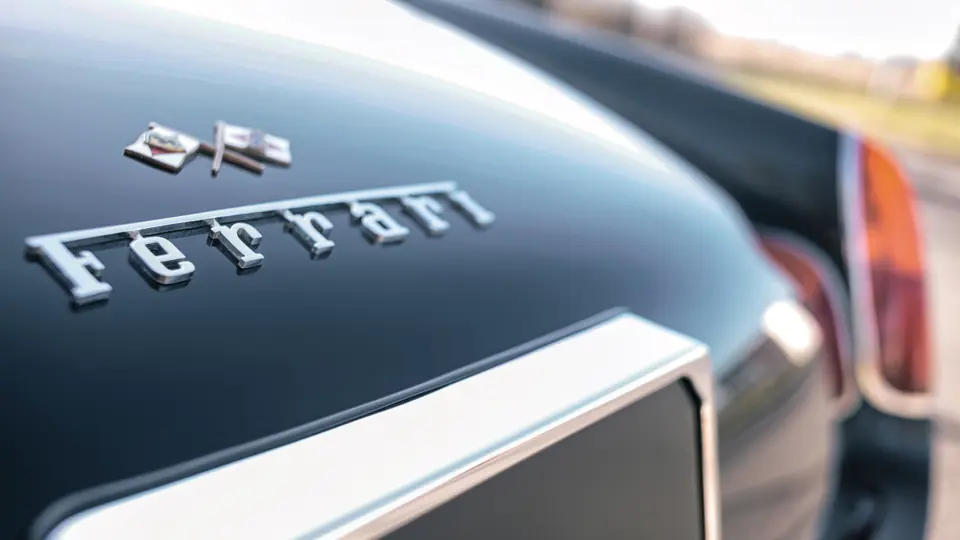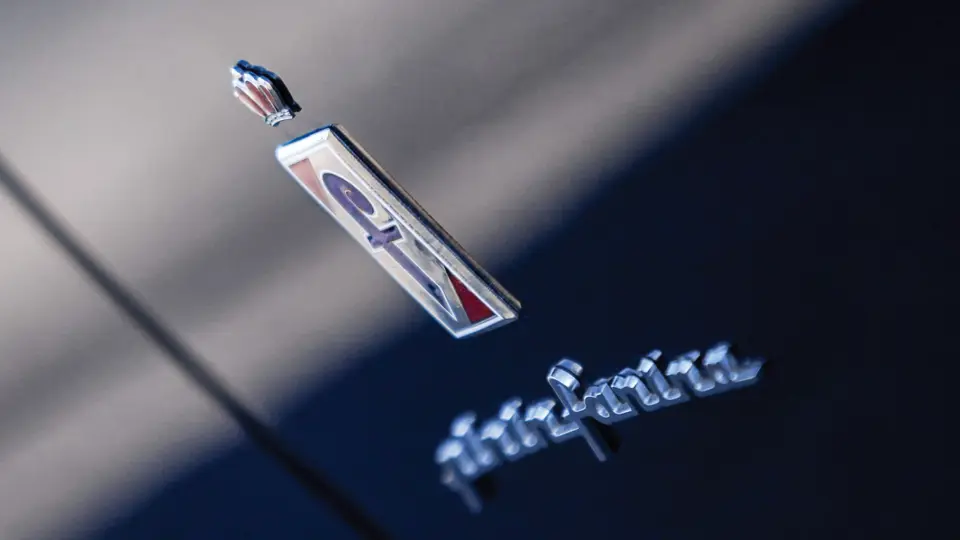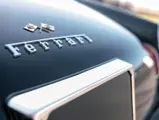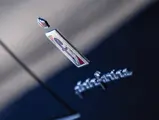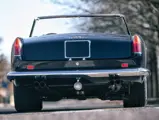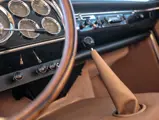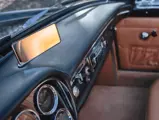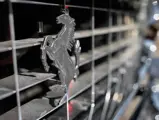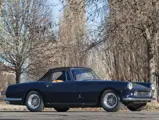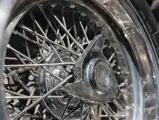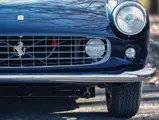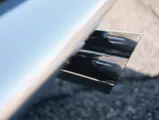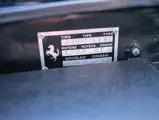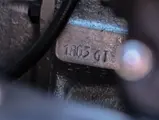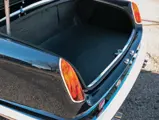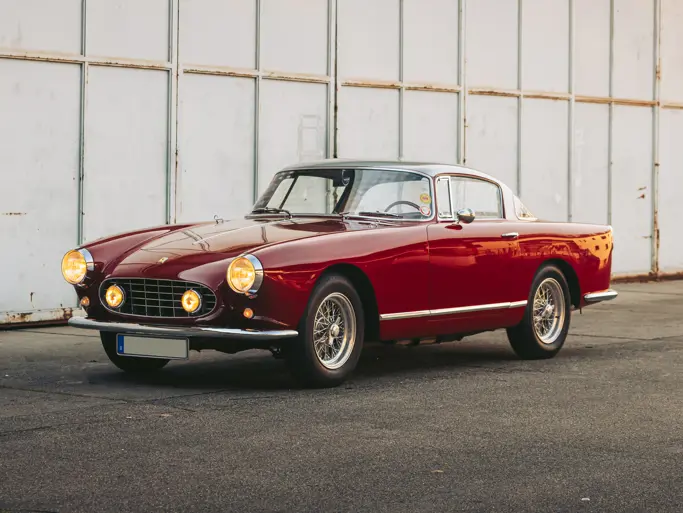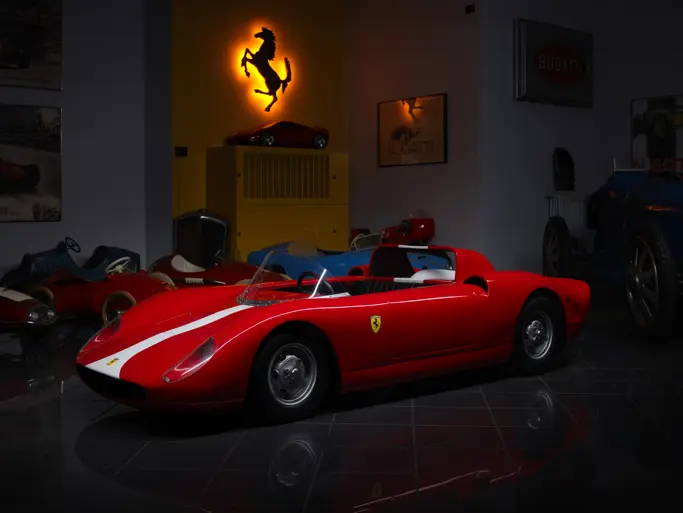
1960 Ferrari 250 GT Cabriolet Series II by Pinin Farina
{{lr.item.text}}
$1,150,000 - $1,300,000 USD | Not Sold
{{bidding.lot.reserveStatusFormatted}}
- The 19th Series II Cabriolet built
- Fully restored by marque specialists in Modena; nearly €240.000 invested
- Reunited with its original engine; rebuilt by Ferrari Classiche
- Includes tool kit and hardtop
During the mid- to late-1950s, Ferrari was in a state of transition; increased racing costs meant that Ferrari needed to sell more road-going models to pay for its extensive racing program. Although such road-going models were certainly offered in the past, they were essentially built to order. Variations to suit the wishes of individual customers were common, keeping costs high, volumes low, and rendering them unprofitable.
Meanwhile, the 250 GT cabriolet, introduced at the Geneva International Auto Salon in 1957, was conceived as Ferrari’s semi-luxury touring car and was, thus, given better interior appointments and more soundproofing than the 250 California spider. Its chassis and drivetrain may have been strikingly similar to Ferrari’s racing cars, but the high standard of fit and finish, as well as the car’s complete instrumentation, luxurious leather interior, and other passenger amenities, set it apart. The cabriolet was based upon the 250 GT coupe, which was also presented as a luxury touring machine, with its body produced by Pinin Farina.
Unveiled to the public at the 1959 Paris Salon, the new series II cabriolet appeared one year after the handsome 250 GT coupe and replaced the low-production first series cabriolet. In fact, the second series remains notable as the first commercially successful, production-based convertible model ever offered by Ferrari. While the cabriolet appeared to be somewhat longer than the coupe, thanks to a stylish “kick-up” just behind the doors and the elegant rear fenders, the cabriolet and coupe shared nearly identical overall dimensions.
Mechanically, both the 250 GT cabriolet and the coupe were considerably improved over the California, with the addition of the updated 3.0-liter, Colombo-derived V-12 engine designated Tipo 128 F. This engine, which produced 240 bhp, was fitted with outside-plug cylinder heads and twin distributors, while an overdrive transmission was made available. The cars offered race-bred stopping power with a set of four-wheel disc brakes, while telescopic shock absorbers and handsome 16-in. Borrani wire wheels were included as standard equipment. The result was a stylish and very quick Ferrari, with acceleration to 60 mph achieved in less than seven seconds, en route to a top speed of 140 mph.
These updates resonated with Ferrari’s clientele. Production lasted part way through 1962 and roughly 200 examples were built, far outselling the initial series of 250 GT cabriolets.
The 19th example produced, chassis no. 1805 GT was completed by Pinin Farina on 23 April 1960 and delivered to Italauto SA in Lausanne, Switzerland, and finished in Blu (MM 16228) over Pelle Beige (VM 3309). It was sold by the dealership to its first owner, a Mr. Rubois in Switzerland and from there it was later exported to the U.S. It returned to Europe in 1990 when it was sold to Wolfgang von Schmieder, a German collector residing in Cologny, Switzerland. In the late 1990s, it was on display at the International Auto Museum in Geneva, Switzerland. It returned to the U.S., where it was refinished in Grigio Scuro over Magnolia leather and was shown at the Cincinnati Concours in June 2009.
Chassis 1805 GT was purchased by its current European-based owner in 2014, knowing that the car’s engine had previously been replaced with that of a Pinin Farina coupe, chassis no. 1935 GT, which was owned by the same collector. Shortly thereafter, both cars were shipped to Modena for restoration. The owner found the original engine 1805 GT, which was in a 250 GT Cabriolet Series I and both engines were reunited with their original chassis and both subsequently fully restored.
To ensure that the car was correctly and properly restored, RM Sotheby’s engaged well-respected marque specialists from the Modena area to complete the work. Bodywork was carried out by Carrozzeria Sports Cars and the engine was rebuilt by Ferrari Classiche. The gearbox, rear axle, suspension, and brakes were rebuilt by Corrado Patella’s Autofficina Omega and the interior was fully retrimmed in correct Connolly leather by Maieli Interni Auto. Furthermore, it is fitted with a correct hard top and includes a set of tools. It should be noted that the engine (1805 GT) is original, but the gearbox is that of a later type.
Only recently completed after four years of restoration work at a cost of nearly €240.000, chassis 1805 GT is in exceptional condition throughout and now offered for sale with zero miles accumulated since its restoration. It is presented in its original stunning color scheme of dark blue over a beige leather interior. A true gentleman’s Ferrari, this example would be a prime candidate to be exhibited at international concours, FCA events, or would simply be a wonderful cabriolet for the driving enthusiast looking to experience Ferrari performance and luxury at its finest.

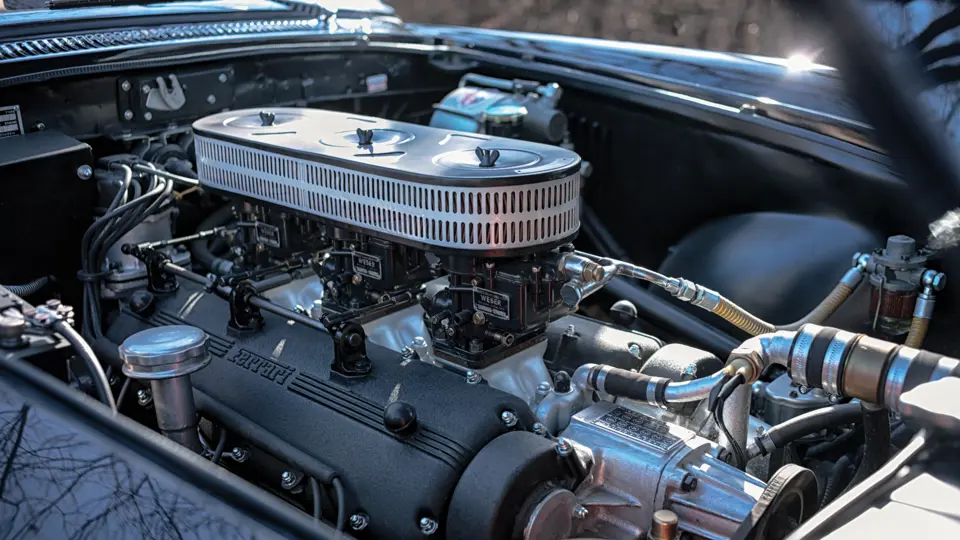


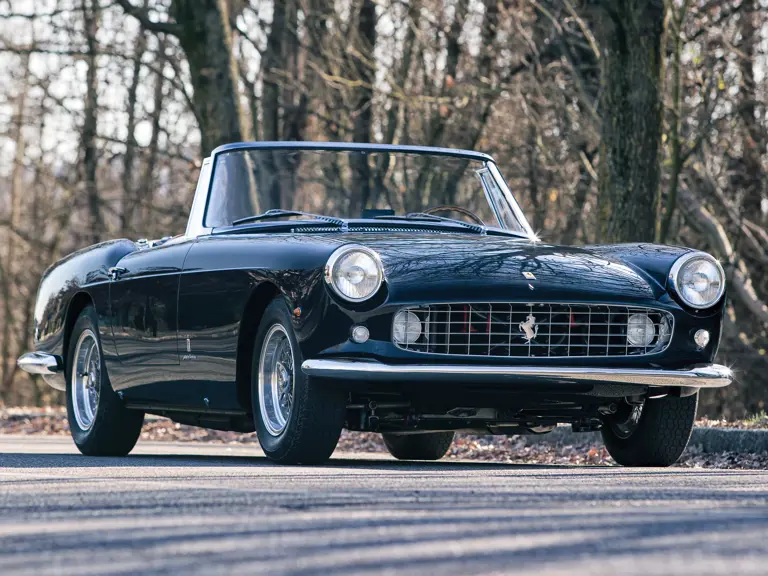
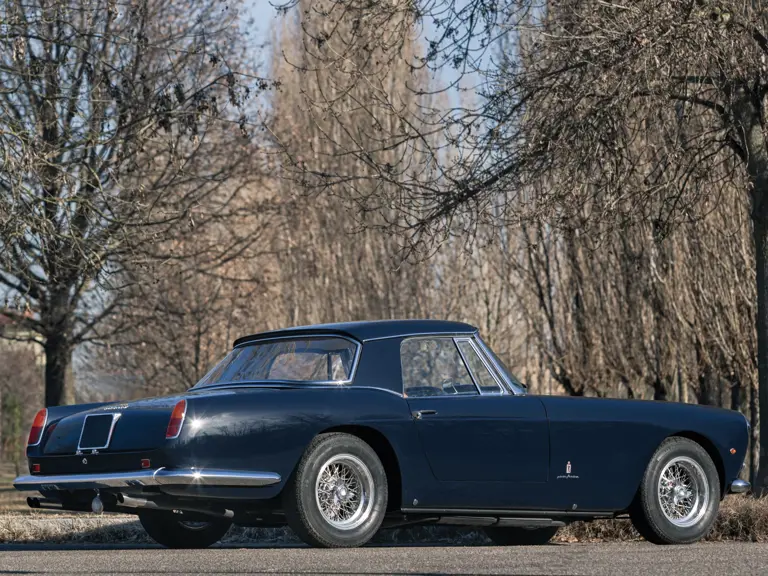
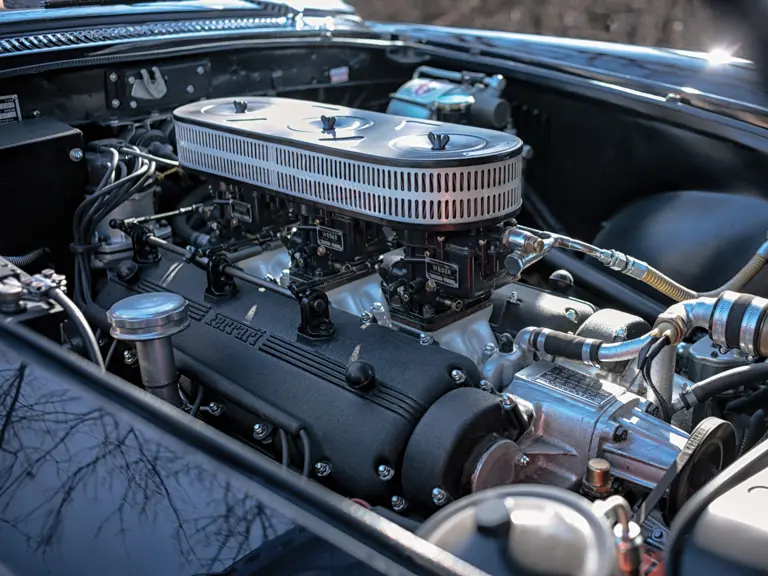

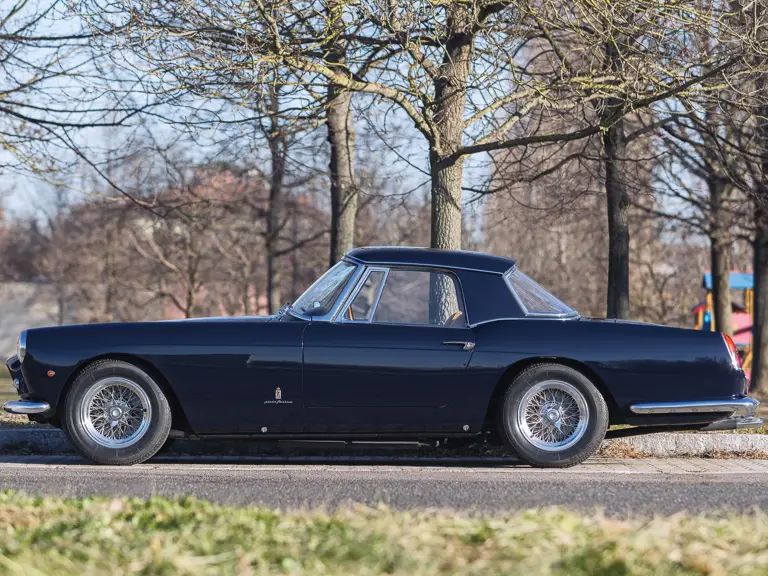
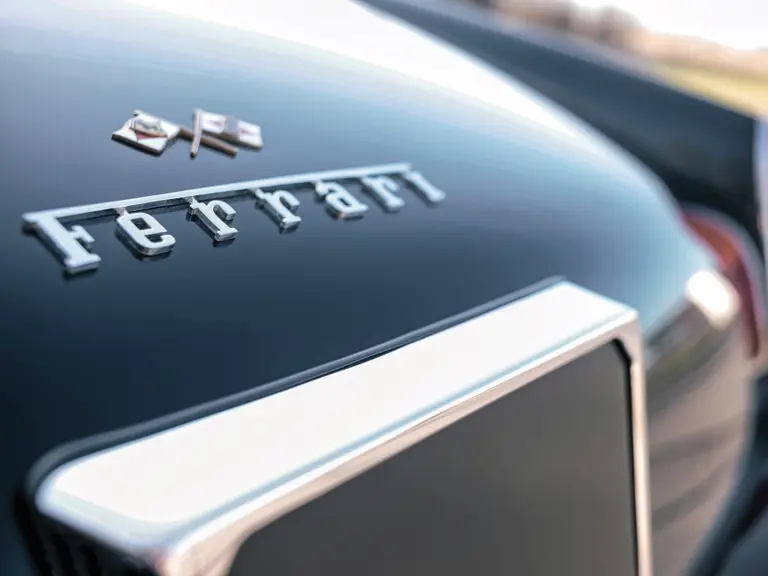
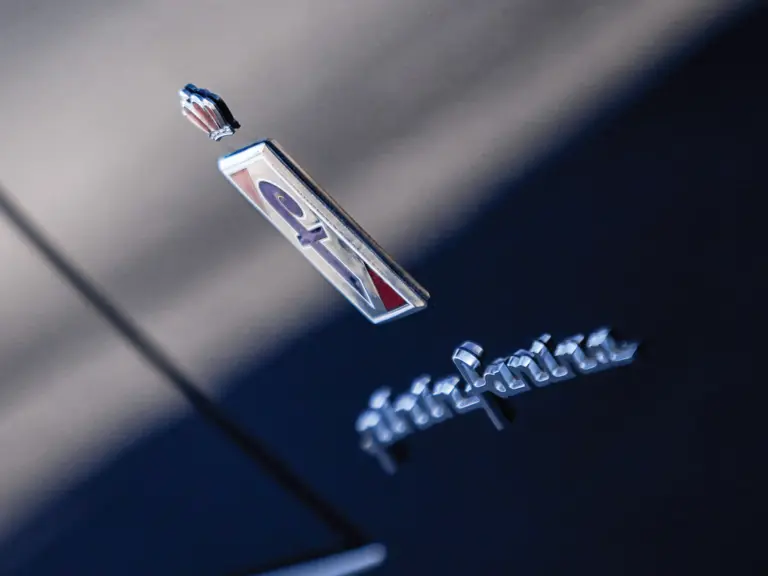
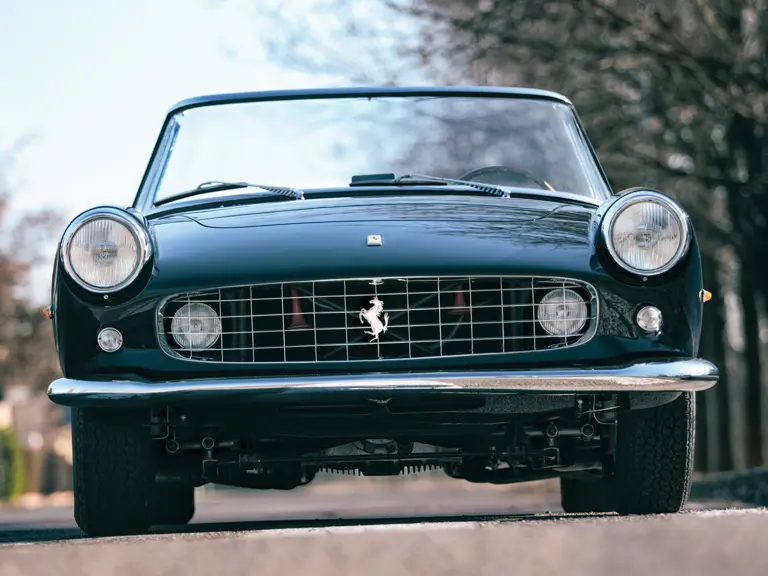
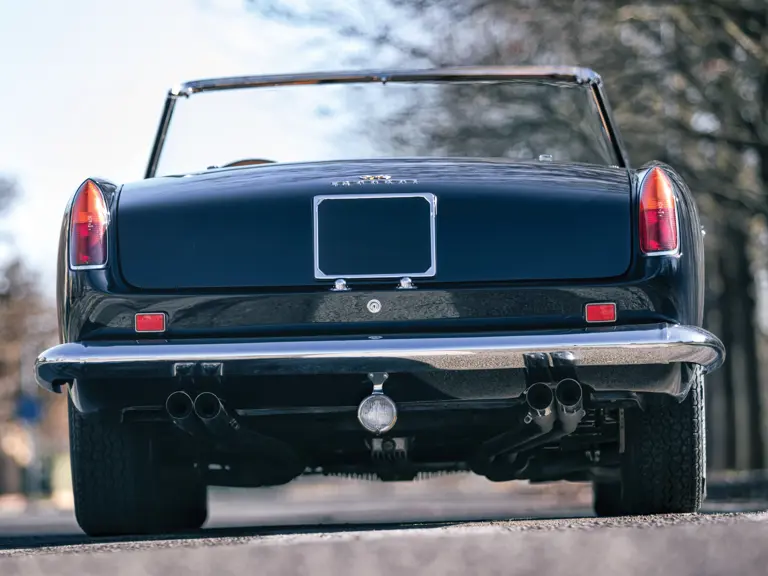
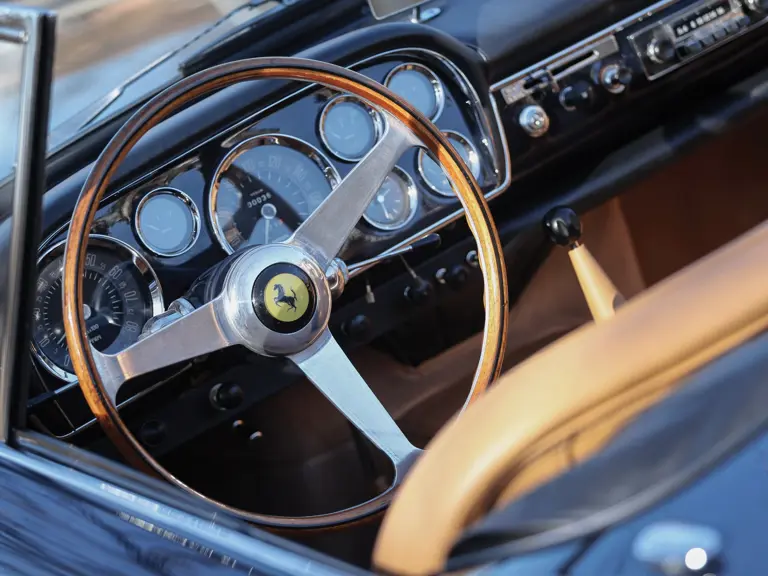
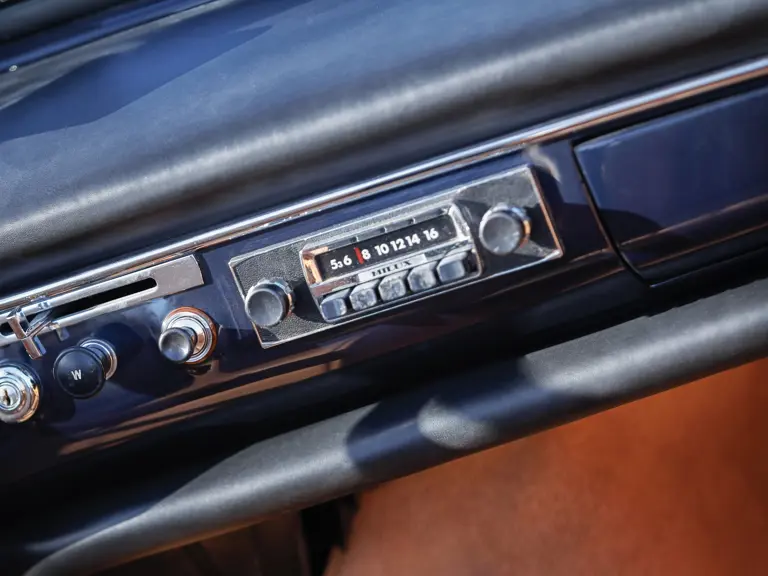

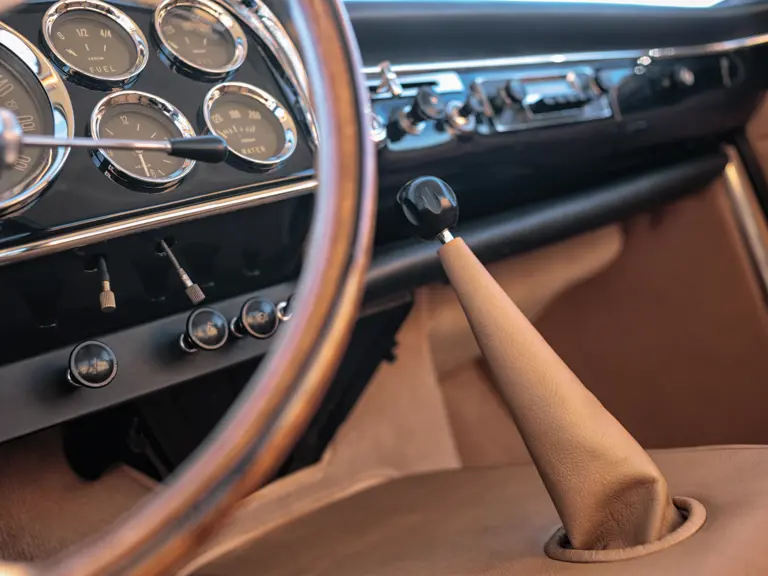


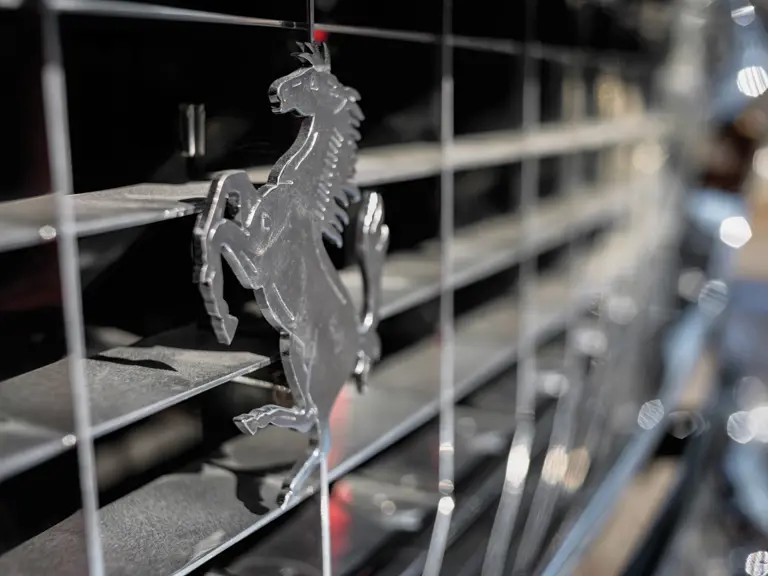
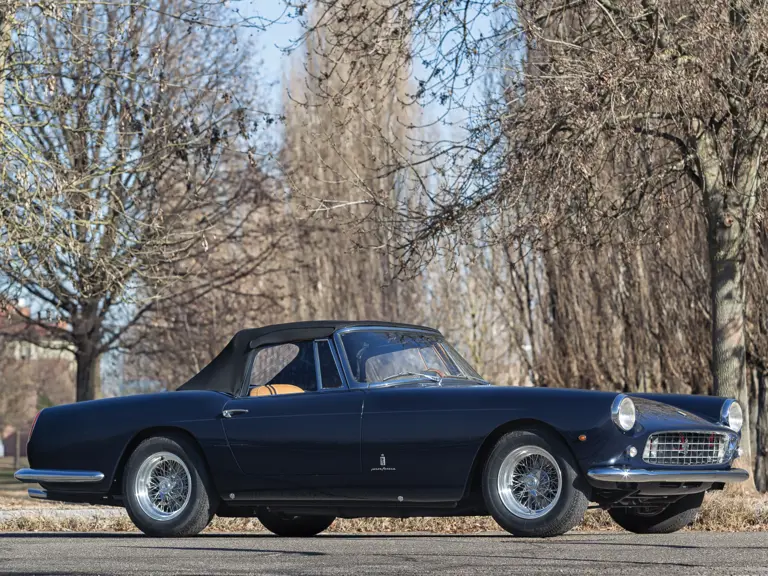
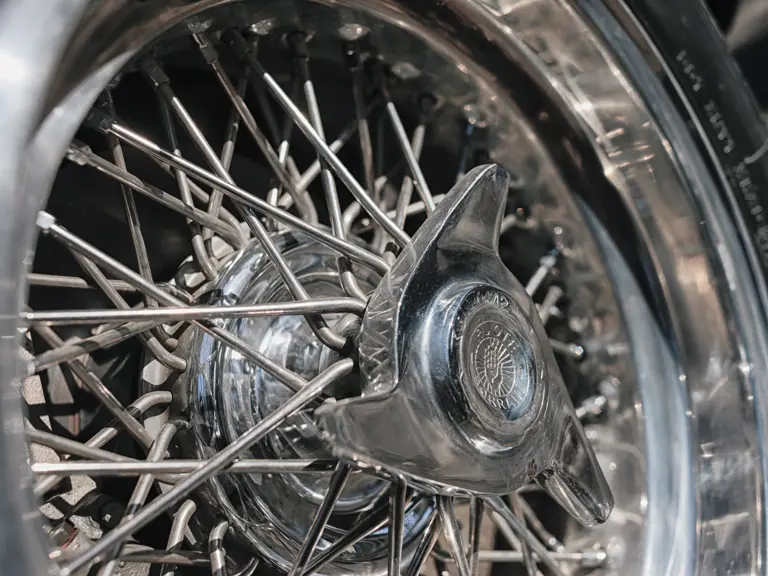

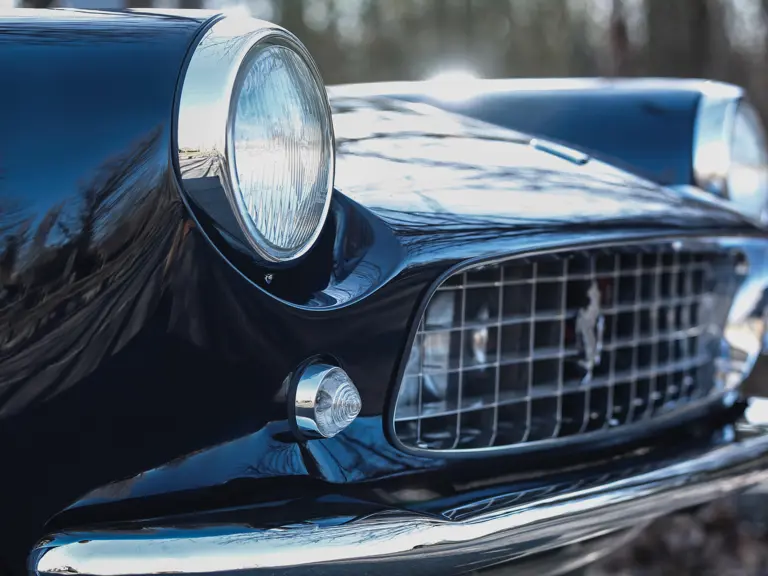
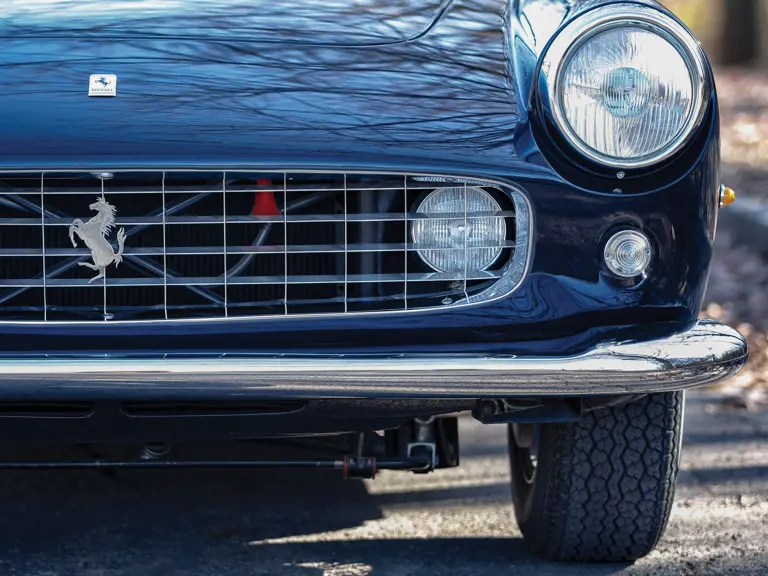
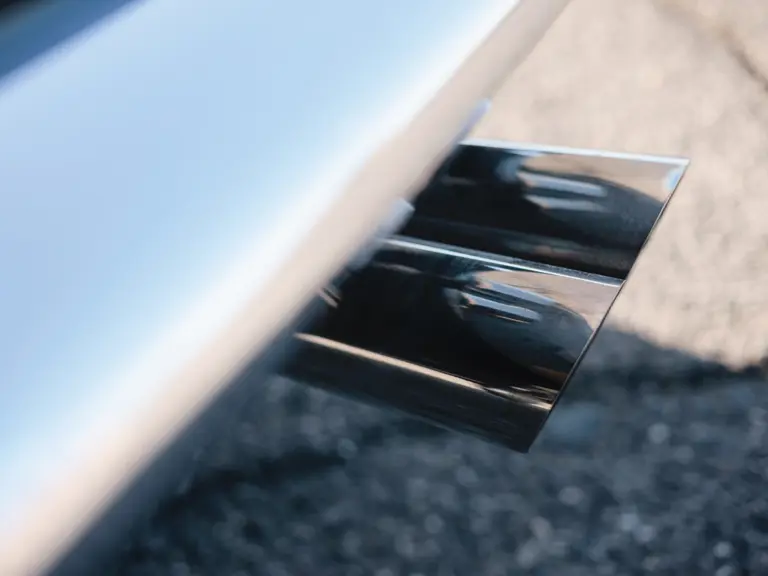
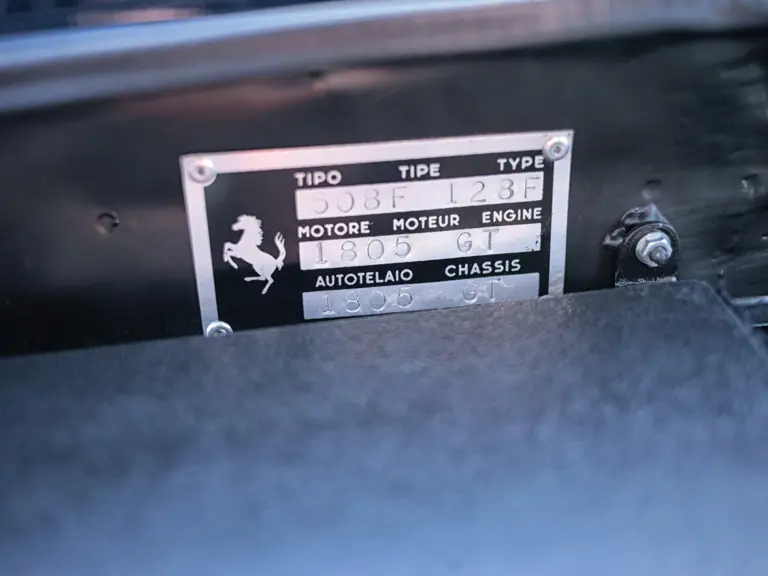
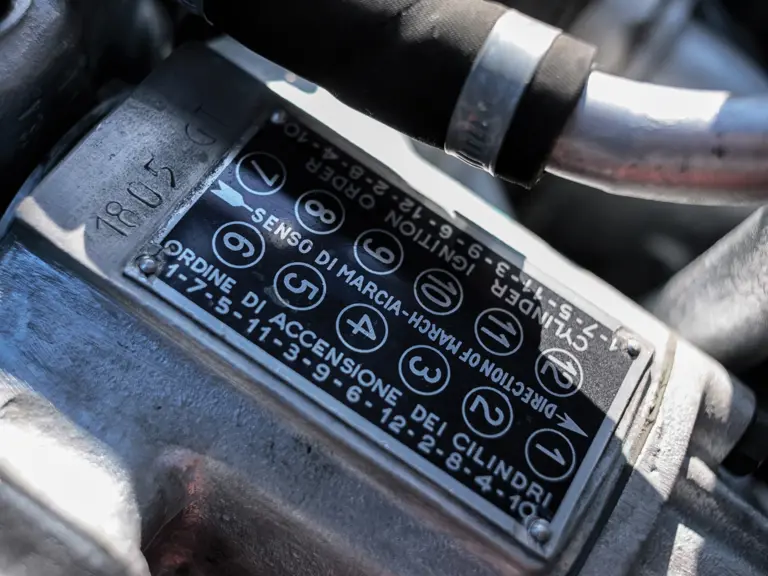
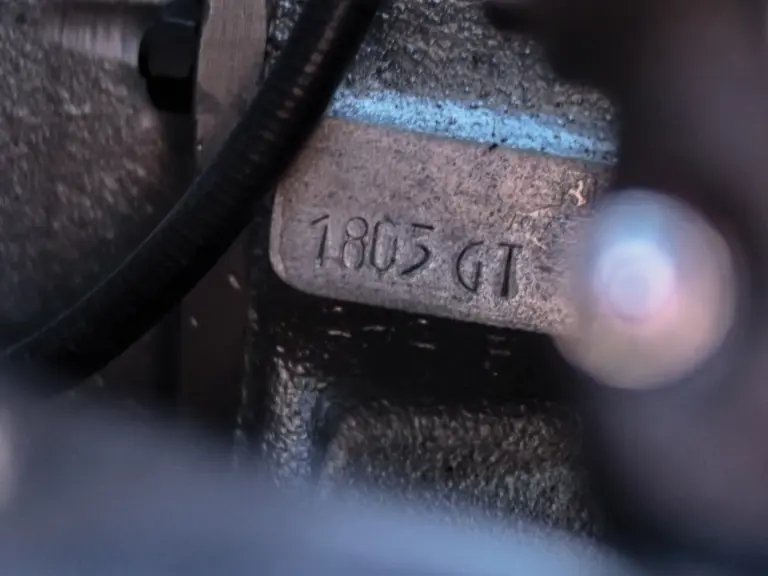
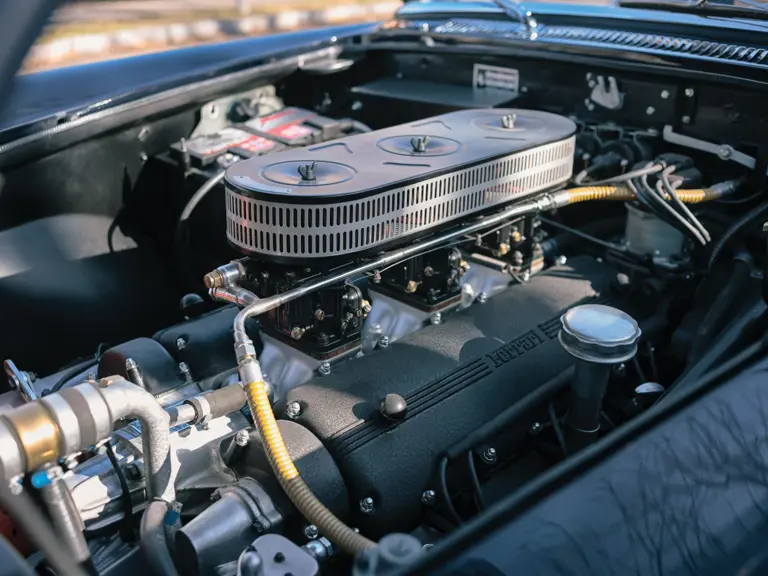
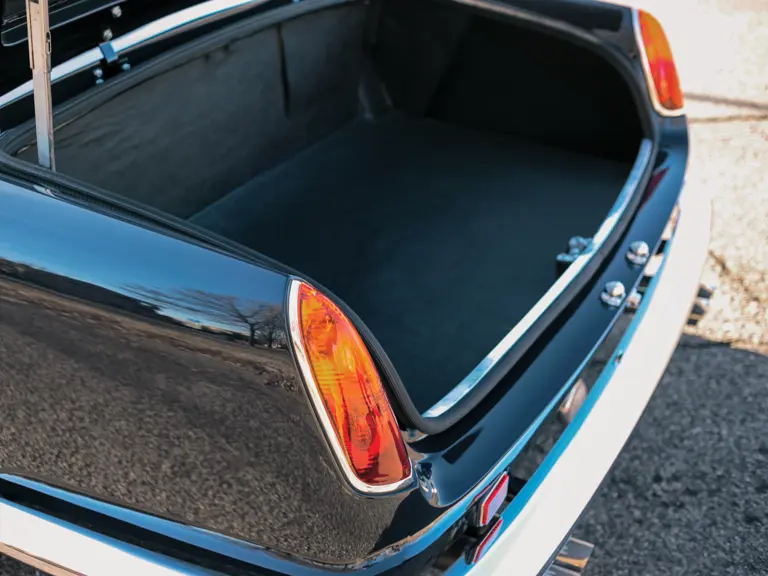
 | Amelia Island, Florida
| Amelia Island, Florida

